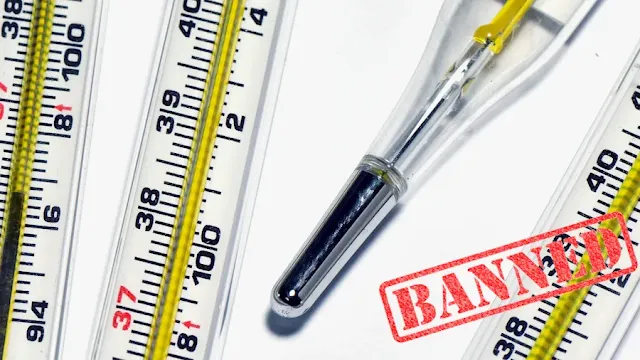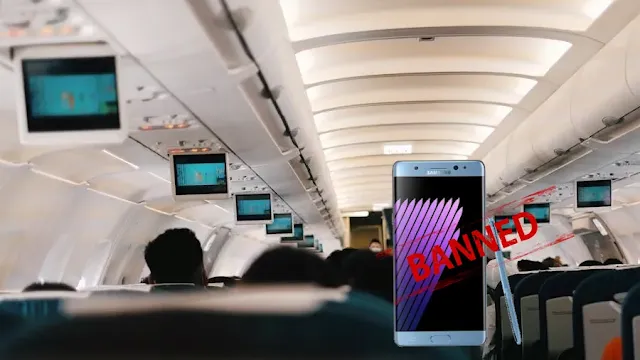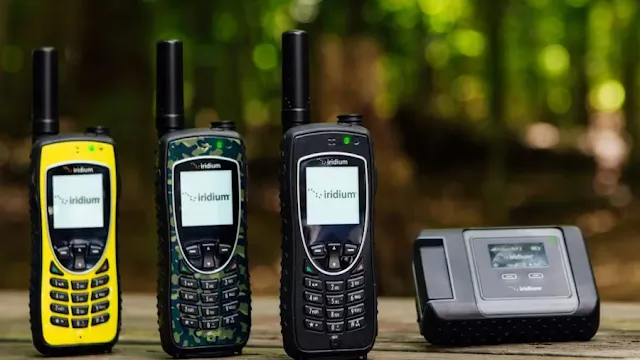When you think of banned items in hand luggage, kids' holiday accessories probably aren't the first things that come to mind. However, security regulations do prohibit certain items from being carried in hand luggage. These rules, designed to ensure the safety and comfort of all passengers, mean that some popular children's items might not make it past airport security. Whether you're planning a family vacation or a quick trip, it's essential to know which items could be confiscated at the airport to avoid any last-minute surprises.
One of the most common items to be scanned at airport security is the beloved stuffed animal. While these cuddly companions are usually allowed, they still go through the same rigorous scanning process as any other item, and large or unusually shaped toys might raise eyebrows.
Nerf guns, water guns, and toy weapons
Nerf guns, water guns, and toy weapons are also on the no-fly list. Despite their innocent nature, any toy that resembles a weapon is strictly prohibited, regardless of its potential to cause harm. Along with items that look like weapons, anything that could be mistaken for or used as a weapon is banned. This extends to items that produce loud noises, as they could disturb other passengers.
Soccer balls
Soccer balls are generally allowed in hand luggage, but they must be deflated before boarding the plane. A fully inflated ball poses a risk due to potential pressure changes during the flight, which could cause it to expand or even burst. Always check with your airline for specific guidelines.
Batteries in Toys
Batteries in toys carried in carry-on are subject to strict regulations for safety reasons. Most airlines allow standard alkaline batteries (like AA or AAA) in toys, but lithium batteries are more restricted. Lithium-ion batteries, especially those above a certain watt-hour (Wh) rating, must be declared and may need to be carried in specific ways, such as within the device or in protective packaging. Spare batteries are usually not permitted in checked baggage and must be carried in hand luggage. Always check with your airline for the most up-to-date battery regulations before traveling.
RC Cars and RC Toys
When traveling by air, restrictions on RC cars and toys in hand luggage vary by airline and country. Generally, small, non-battery-operated RC cars and toys are allowed in hand luggage. However, if the toy contains lithium batteries, there may be specific rules. Batteries must typically be installed in the device, and spare batteries should be carried in their original packaging or a protective case. Some airlines might restrict the size or type of RC cars and toys allowed, so it’s always best to check with your airline before traveling to avoid any issues at security.
Hand carry-on limits
Standard carry-on limits for weight and size apply to all luggage, including kids' items. It’s also important to keep an eye on battery restrictions, as these can vary depending on the airline. Always check the latest guidelines directly with your airline to ensure compliance.
Multi-leg journey rules
For those flying on multi-leg journeys, be aware that different airlines may have different restrictions, especially if your ticket includes flights operated by other carriers.
Slime, putty, or play dough, which are popular travel distractions for kids, might also face scrutiny. Their gooey consistency could be mistaken for prohibited substances, so it’s best to pack them in checked luggage or leave them at home.
Baby Accessories
Accessories that convert seats into beds, like inflatable cubes, ‘bed boxes,’ and ‘leg hammocks,’ are banned by some airlines. Seat extenders for children, hammocks for lap-held infants, inflatable footrests, and similar devices may also be prohibited. These items can obstruct passenger movement or interfere with the aircraft's seating structure, leading to safety concerns.
Toy Drones
Lastly, toy drones are another item that’s often banned from hand luggage. The combination of their electronic components and potential to cause disruption makes them a no-go for most airlines.
Airport security agents have a significant amount of discretion when it comes to what they will permit and what they won’t. While there are clear rules, there’s also room for judgment calls, so it’s always wise to pack thoughtfully and be prepared for any scenario.
Drama-Free Flights with Children
Do Minors Need Identification to Travel?
How to Keep Kids Occupied on a Plane
Does a Child Pay Full Price for Airline Tickets in India?
Airline Tickets for Babies and Infants in India
Travel Documents Required for Infant or Child Under 2
Parental Consent Letter for Child Travel










